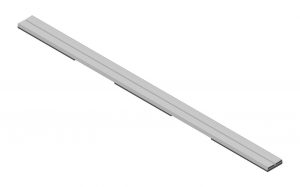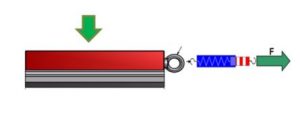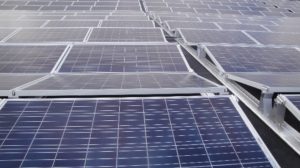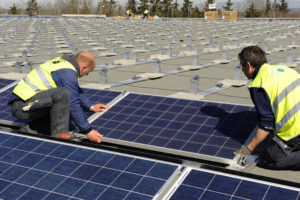Roofs, loads and the correct mounting system

I will never forget my father´s face when my sister-in-law walked across his newly laid parquet flooring with spiked heels on …This funny example reminds me of, how “not so funny” and also how important sufficient area is for the distribution of relative loads. Because the same situation also applies to PV systems on flat roofs as in these situations, heavy loads can play a role, too. Either caused by snow loads, e.g. in Scandinavia or in the Alps, or by high ballasting weight. As a Certified Surveyor for Photovoltaic Systems, I see more and more cases where installers are confronted with building insurance claims for damaged roof coverings caused by heavy loads. In the case of a commercial sized roof, the resulting claims against the installer can easily get up to a six-digit number of value. (more…)


